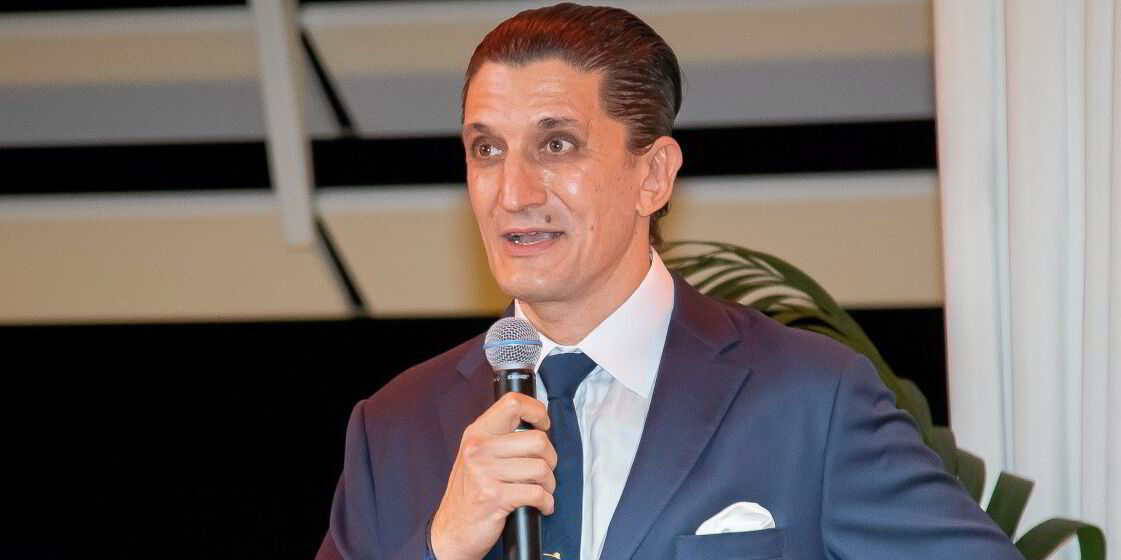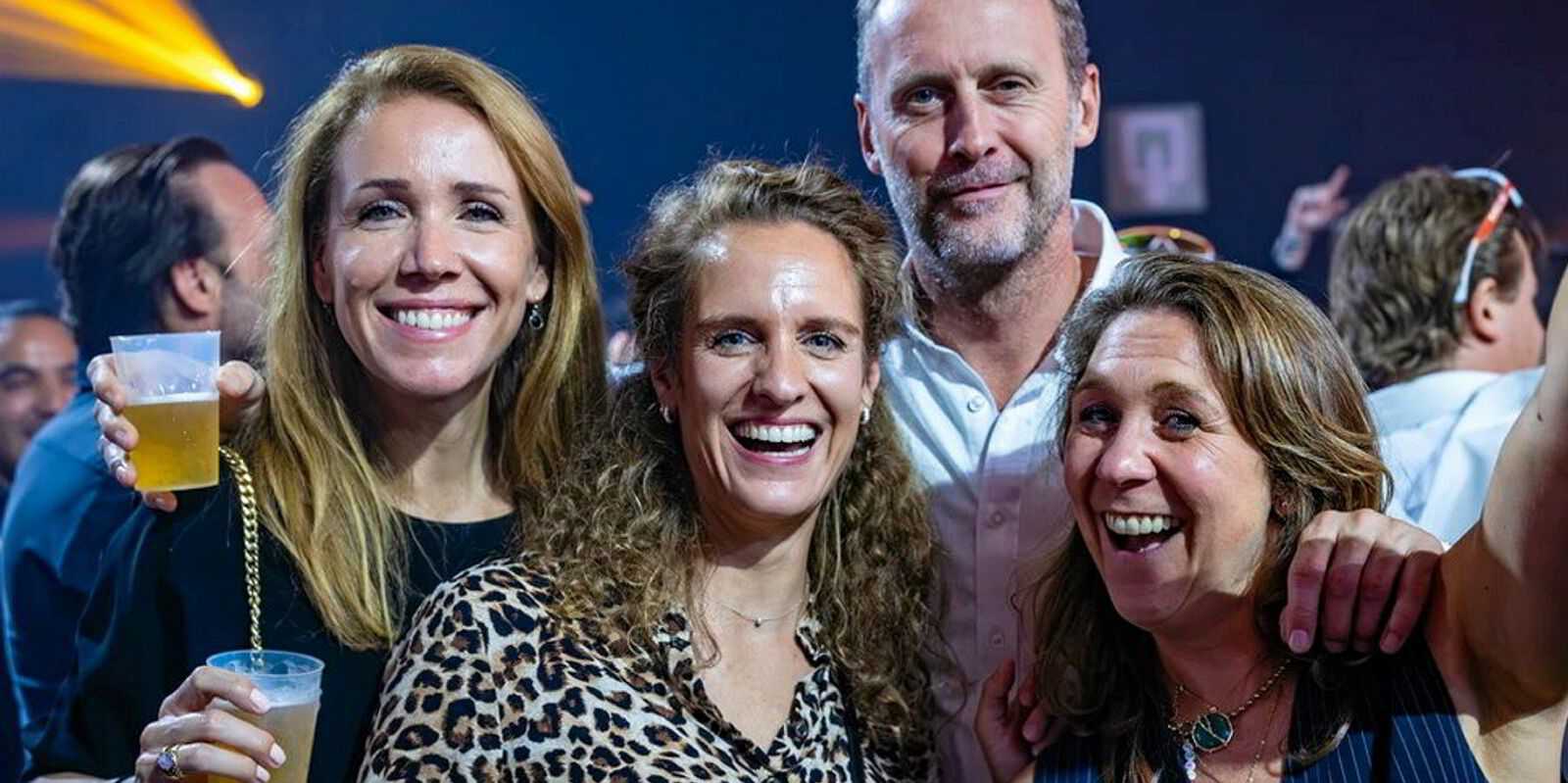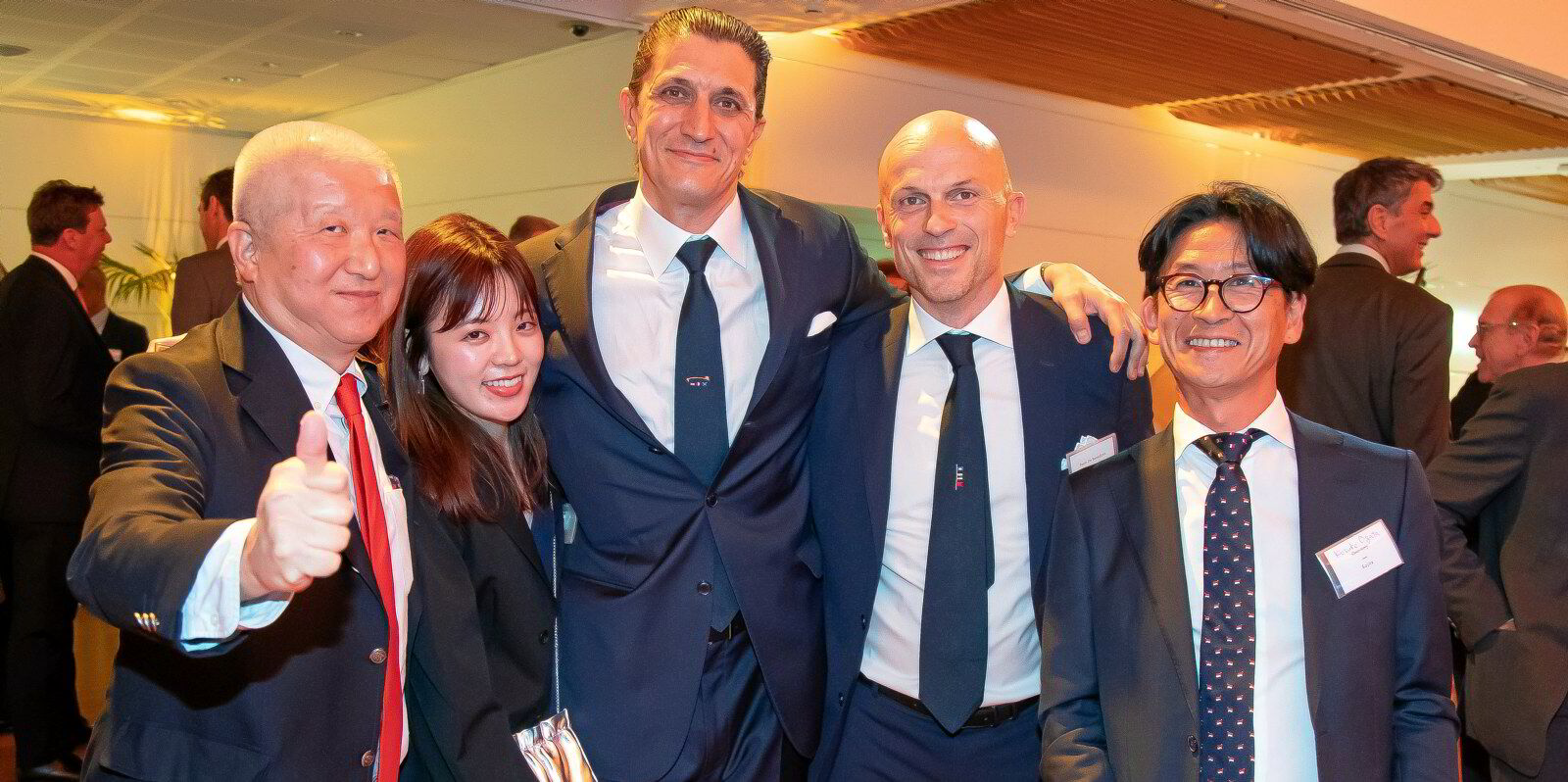Milestone birthdays are always an occasion to look to the future as well as the past — and so it is with C Transport Maritime, which celebrates its 20th anniversary this year.
To tell the story of CTM is to tell much of the story of its CEO, John Michael Radziwill.
It is hard to tell whether Radziwill was the making of CTM or vice versa.
Shipping is in his blood, but his early years working at CTM were instructive in how tradition can be tweaked and transformed.
TradeWinds caught up with Radziwill at his office, which he describes as “a bit of a mess” (TradeWinds has seen worse.) Here, the old meets the new.
Bloomberg TV buzzes away on the screen and his desk is laden with business books, newspapers, old Nokia phones, family photos and a handwritten note of encouragement from his shipowner grandfather John M Carras.
“What I really liked about CTM is I had grown up from a very young age with more of a traditional Greek shipping mentality, where in the office if a ship was sold, you were giving up, and if you bought a ship, that was great,” he explained.
He joined CTM while it was still owned by relation Peter Livanos.
During his first few years at the firm, he borrowed money from family — repaid “with a big hug” — to buy his first ship.
But rather than hang on to it, his peers at CTM urged him to flip it for profit when the value surged.
High newbuilding prices and technological uncertainty mean there remains a high level of interest in how to make money without actually buying a ship — by trading vessels, freight derivatives or other asset-light investments.
But the course of dry cargo never did run smooth. Not every new venture has been successful.
“The operating model is getting very crowded,” John Michael Radziwill said.
“When a lot of people jump into a sector, it’s like if a lot of shipowners order a lot of ships — that’s not going to be good. It’s going to be crowded.
“You need a well-founded, independent idea if you really want to generate value, and if everyone’s doing the same thing, well, guess what? There’s not going to be too much value there eventually. There’s only going to be so much capacity that is going to get filled.
“We’ve been in the operating world since we started, for 20 years. We probably will not go down the traditional operating model right now.”
CTM launched its own take on asset-light ship investments in 2019 via Stone Shipping, which allows investors to buy into the trading potential of a vessel — usually a supramax trading in the CTM pool — over 12 months.
“We’ve now raised $80m over six funds. Two are still running. We have an average return of 32% annualised per year, and you get your money back within two years. Actually, 20 months is the average investment cycle in Stone so far,” he explained.
Again, Stone will be grown slowly and steadily as it progresses — CTM doesn’t want to “break the Stone machine” by adding volume for volume’s sake, as Radziwill puts it.
“Once we think that the supramax sector is sort of filled up, we’ll probably move to another sector. We’re looking at those.
“But at the moment, we’re the most comfortable with the supramax sector, and we still think there’s room there to grow the business,” said Radziwill.
The next Stone investment cycle is set to start in the second quarter of next year.
“That was the selfless attitude that I liked — because for CTM, it probably wasn’t the best thing in the world in the short term because they were giving up an asset being managed here,” he recalled.
“But for the owner, which happened to be me at the time, that was the best thing, and they were more concentrated on generating value for the owner than for themselves in the business.”
That ethos continues to this day. CTM has grown by experimenting with and honing new ways to extract money from shipping markets while keeping a hand in traditional-style shipowning.
Radziwill became CTM’s CEO in 2010 and three years later set about changing CTM from a “friends and family operation” to a pooling company and third-party manager.
The Radziwill family purchased the company from Peter Livanos’ Ceres Group, which remains a client.
“Since then, the business has evolved and we’ve made a concerted effort to make it really a bottom-up business with our assets, our main assets being our people,” he said.
“Everyone brings ideas to the table, all the way down and all the way up. And, that way, we think we’ve managed to have relative success.”
The group had exposure to public markets via capesize owner GoodBulk; manages its own supramax pool and partners in the Capesize Chartering Ltd pool, and since 2019 has created investment opportunities via chartered-in supramaxes via Stone Shipping.
Innovation is important to CTM, he said, but that does not always mean being first. It means trying and testing things.
“In the shipping industry, traditionally and still today, there’s actually a very low threshold of innovation compared to other industries,” he said.
“I think the golden rule is you want to be above that threshold of innovation, but you don’t want to be too far above and move too quickly.”
CTM is making a bold move with its investment in artificial intelligence firm Complexio, alongside several other shipowners, including product tanker giant Hafnia.
The idea had its genesis in 2020 when Radziwill said AI dominated everything he was watching and reading.
At that time, Radziwill just wanted to understand AI, but he was soon convinced that this was something CTM needed to take seriously.
“The reason why we didn’t go into it ourselves if we didn’t have partners, is because we believe that dissenting views and objective searches for the truth among believable people are the best way forward, generally,” he explained.
Radziwill thinks CTM will continue to grow “slowly and steadily” in the years ahead.
“That’s growth that is non-market related and has an unlimited potential. The beauty of learning is it never stops,” he said.
“Whereas, if I was going to tell you that we’d like to have 200 vessels or 300 ships, sure, we would love that.
“But if it doesn’t make financial sense and doesn’t generate value for our customers, we’re not going to do that.”





